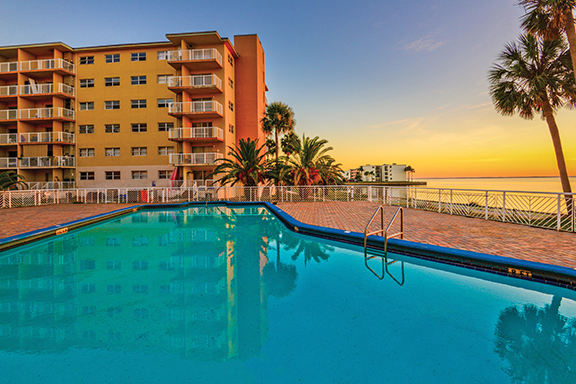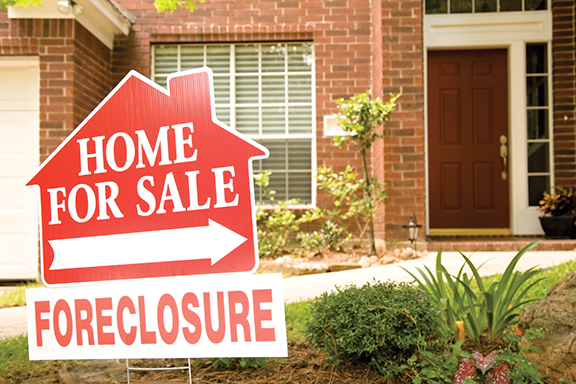Charlotte, North Carolina
Queen City Real Estate Ramps Up in 2021 by Carole VanSickle Ellis Charlotte, North Carolina, is probably best known for banking. Despite trailing 21 other U.S. cities in size and falling firmly into the “second-tier” or 18-hour city categories in economic parlance, the Queen City is the second-largest banking center in the United States (behind only New York City) and has been successfully luring major employers, including Fortune 500 behemoths
Read More












